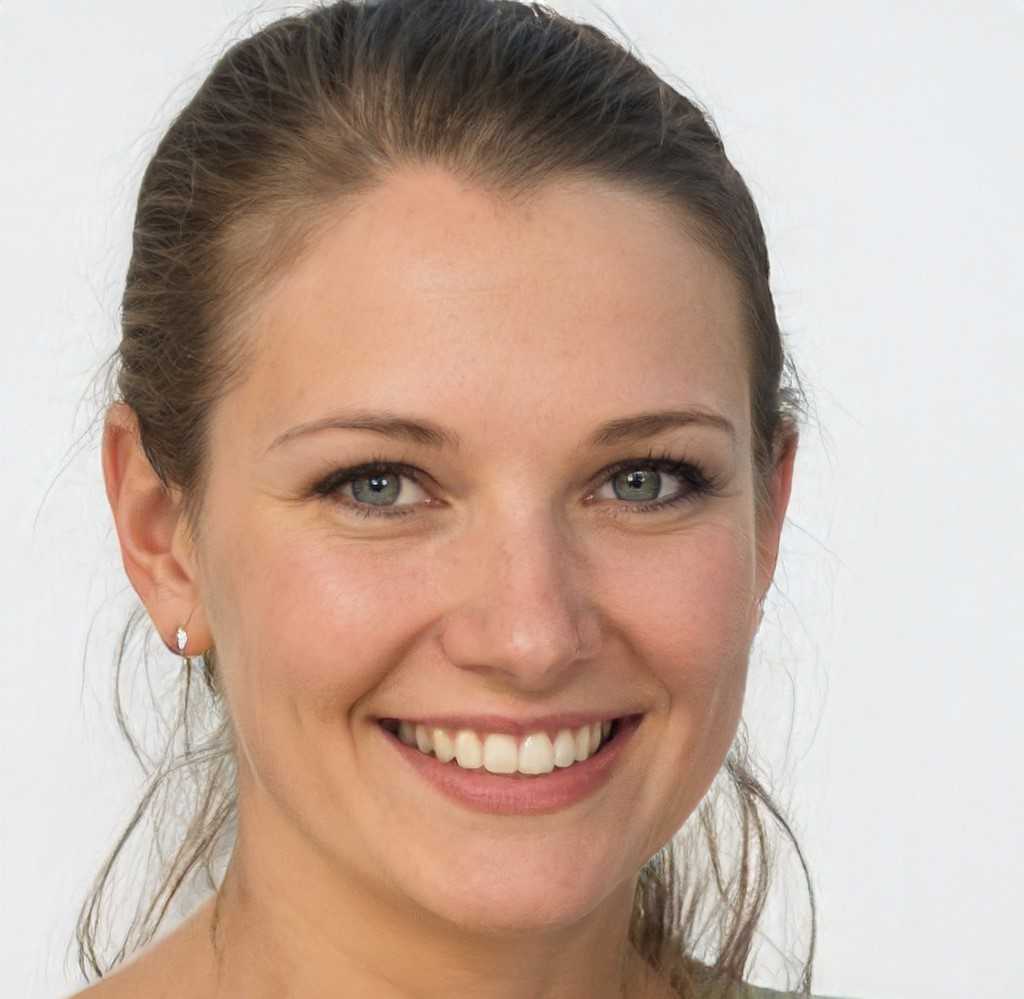2126517273: More Than Just Digits
Numbers tell stories. Phone numbers, especially, often serve as identifiers, access points, and business tools. The number 2126517273 is formatted like a standard New York City phone number—with the 212 area code screaming Manhattan legacy.
212 numbers are in high demand. They’re frequently associated with longstanding businesses, government offices, or legacy systems. So when you see a number beginning with 212, it often means you’re dealing with an entity that’s been around or wants to convey credibility.
The Psychology Behind Area Codes
It’s not just about geography. Buyers, clients, and even investors psychologically respond to certain area codes. A 212 code holds prestige. Think of it like a digital business address in the heart of global commerce.
Imagine getting a call from 2126517273. Even before checking voicemail, you might already assume the call came from Wall Street, a midtown agency, or a corporate HQ. People remember iconic digits. Just like 90210 became a popcultural shorthand for Beverly Hills, 212 triggers assumptions—and sometimes advantages.
Why Tracking Numbers Like 2126517273 Matters
For marketing teams, understanding and managing phone numbers is all about attribution. If you’re running multiple online ad campaigns, each with a unique phone number, you can track exactly which one converted.
Maybe 2126517273 is used for Google Ads traffic, while 646 numbers handle leads from LinkedIn. By isolating performance to each number, you eliminate guesswork and scale what’s actually working.
Same idea applies in customer service. If a highvalue client always dials in from this number, you might want to route them to tierone agents. A pattern in originating numbers can expose VIPs, scams, or operational flaws.
Area Code Isn’t Everything, But It Helps
Of course, caller ID spoofing exists. Numbers can be faked. That’s a given—and a growing problem. So even a number like 2126517273 can’t be trusted blindly. But blending traditional call data with modern tools (like voice biometrics or call authentication frameworks) builds verification muscle.
If a business is getting unusual volume from a single source, automated rules can flag anomalies. Is 2126517273 hitting your support line 12 times an hour? That’s either a system glitch, or someone really likes your product—or has a problem you need to address fast.
Building Trust in Outreach
Coldcalling is rarely fun. But contact centers and B2B sales teams still rely on it. Numbers matter here too. When outreach numbers are consistent and recognizable—like 2126517273—pickup rates improve.
People are more likely to answer calls from numbers local to them—or branded numbers they’ve seen before. It’s also why some companies invest in “vanity numbers,” or pay premiums for easily remembered area codes and digit patterns.
Use Numbers to Reduce Friction
Modern platforms allow for clicktocall buttons, direct SMS integrations, and phone call tracking within apps. When you design user flows, minimizing friction includes smart number placement.
Allow users to reach support without hunting. Let them tap a 212 number instead of filling web forms. Make followups personal with a consistent callback number like 2126517273, not a generic tollfree or rotating ID.
When customers recognize the number, trust increases. When they know the voice behind it and expect solutions instead of spam, engagement goes up—and so does retention.
Final Thoughts
In a world dominated by screens, voice still matters. And behind every spoken word is a number dialing in—possibly one like 2126517273. Whether you’re planning smart outreach, layering security, or attributing calls to campaigns, the small details like a 10digit number make a measurable difference.
Don’t ignore your digits. Treat each number as part of your brand, network, and strategy. Where it comes from, how it’s used, and what trust it builds—all of it counts.


 Bianca Laura – A forward-thinking writer with a passion for emerging trends, Bianca focuses on the intersection of technology and betting. Her expertise lies in identifying new opportunities in the world of sports and casino betting, including the rise of mobile platforms, e-sports betting, and artificial intelligence in gambling. Bianca’s articles not only highlight current trends but also offer predictions about where the industry is headed, making her insights invaluable for bettors looking to stay ahead in a fast-paced market.
Bianca Laura – A forward-thinking writer with a passion for emerging trends, Bianca focuses on the intersection of technology and betting. Her expertise lies in identifying new opportunities in the world of sports and casino betting, including the rise of mobile platforms, e-sports betting, and artificial intelligence in gambling. Bianca’s articles not only highlight current trends but also offer predictions about where the industry is headed, making her insights invaluable for bettors looking to stay ahead in a fast-paced market.

